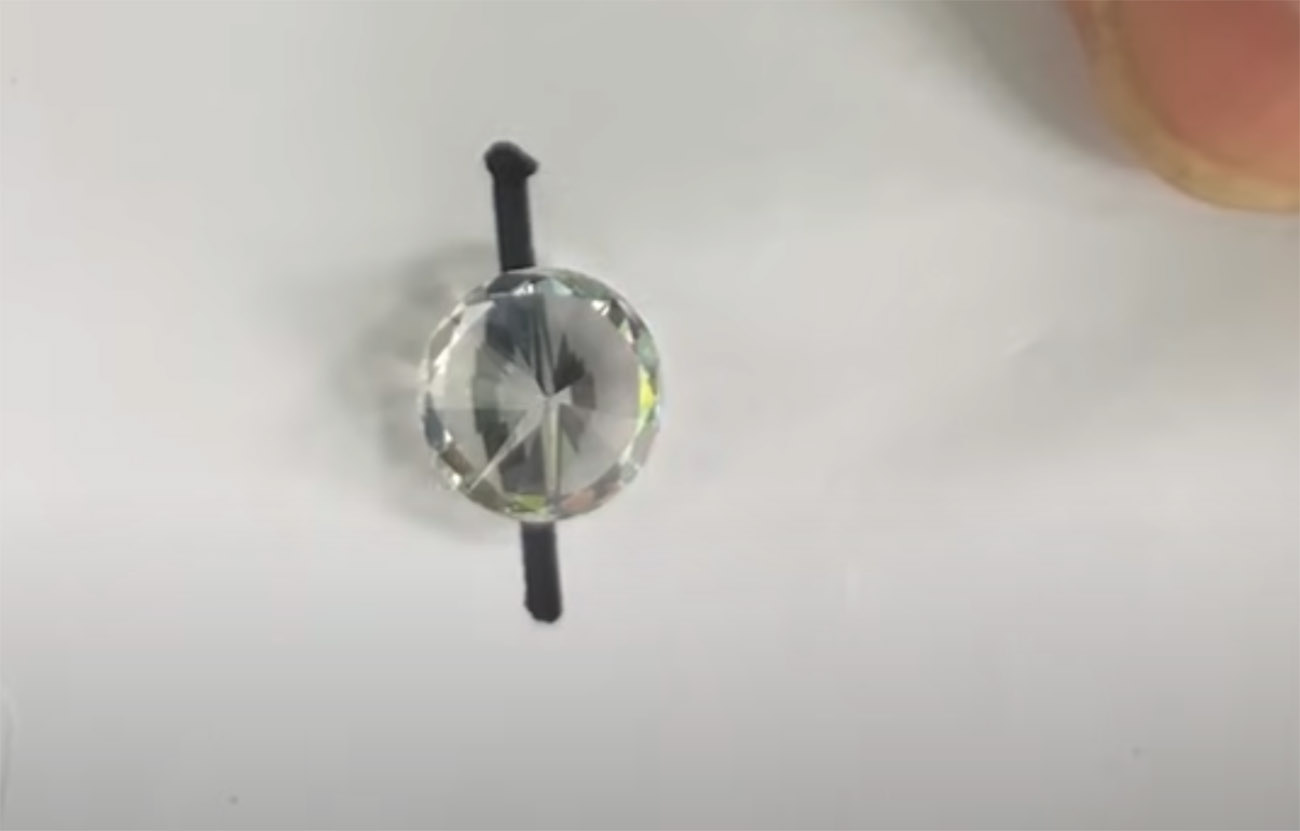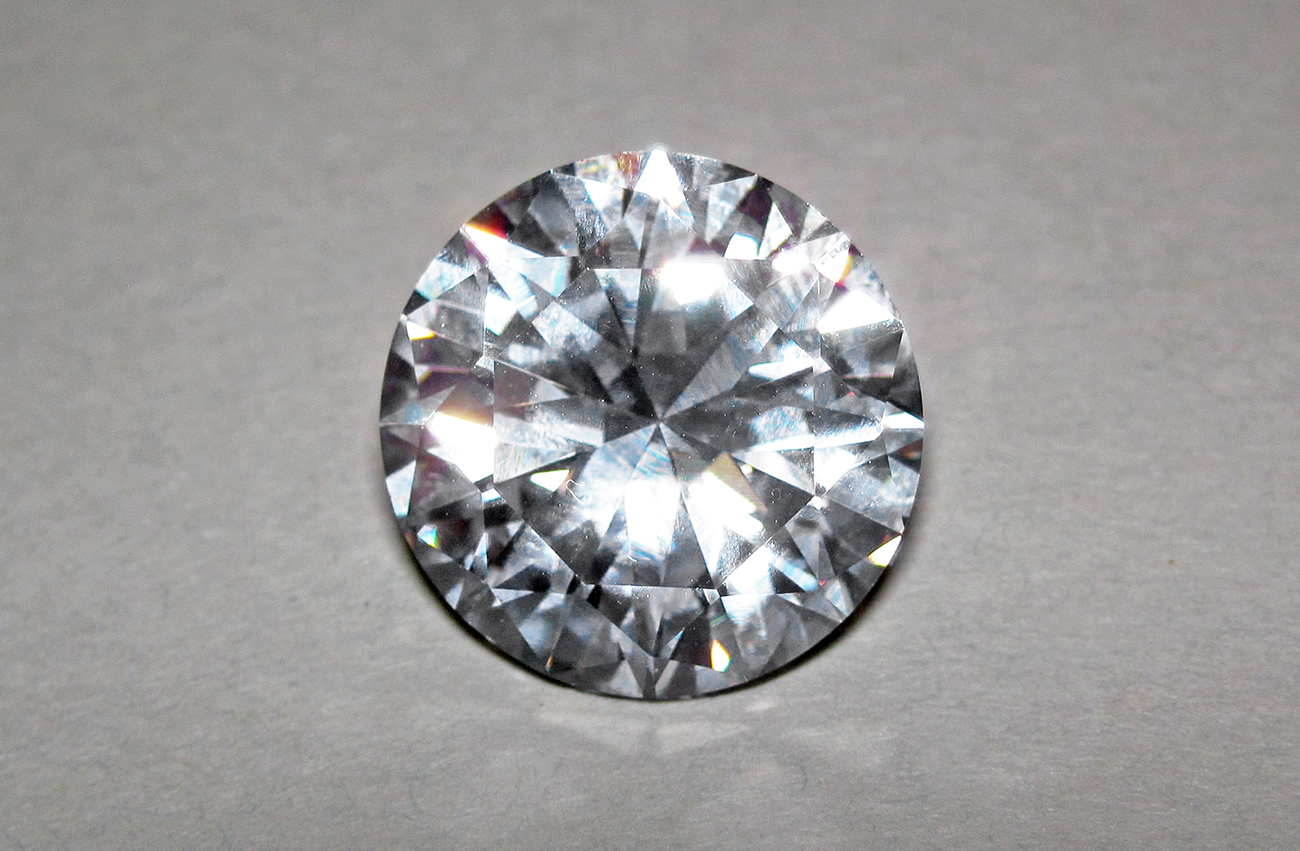If there’s one thing that I love when going to antique shops and thrift stores it’s looking through the old jewelry. You just never know what you’re going to find in there. The most common pieces to be had at great prices are sterling silver and vintage costume jewelry, but occasionally a gem or diamond can be passed over and end up in the more affordable displays of jewelry. But, how do you tell the difference between a diamond and a cubic zirconia? Read on to find out some of the tips that experts use to make this distinction in the field.

The name cubic zirconia, abbreviated as CZ in many cases, is made from zirconium dioxide, a synthetic crystal that can mimic all kinds of gemstones as well as diamonds. When cut properly these stones can reflect the light much as a diamond would, making it difficult to tell them apart.
The breath test is a way to quickly tell if a stone is CZ without any equipment. When you breathe on a stone it will fog up, like the windows in a humid house on a cold day. The CZ tends to remain cloudy from the breath for much longer than a diamond, which will very rapidly go back to its usual clarity.
Another interesting test is the line test, but this works mainly on stones that are loose, not set. If you lay a diamond topside down on a piece of paper on which a line in Sharpie has been drawn you won’t be able to see the line. However, it is said that with a CZ you’ll still be able to see it.

Experts will also use a loupe to look at the fine details of each stone. This little magnifier is indispensable for examining everything from stamps to clasps to cuts of stone. It’s worth having if you do even a minor amount of jewelry buying and collecting. It’s not an expensive piece of equipment, but it comes in very handy.
In the case of CZ stones there are some distinct features that make them discernible from diamonds, but only if you have a loupe to really study the details.

Another piece of equipment jewelers and appraisers use is a diamond tester. These small units test the stones using thermal conductivity and can give instant readings. But, if you don’t have one you can rely on some of the more casual tests we’ve described here.
Watch the video below to see more methods the pros use to decipher between CZ and diamonds from Antiques Roadshow appraiser, Kevin Zavian.
SKM: below-content placeholderWhizzco for DOT

